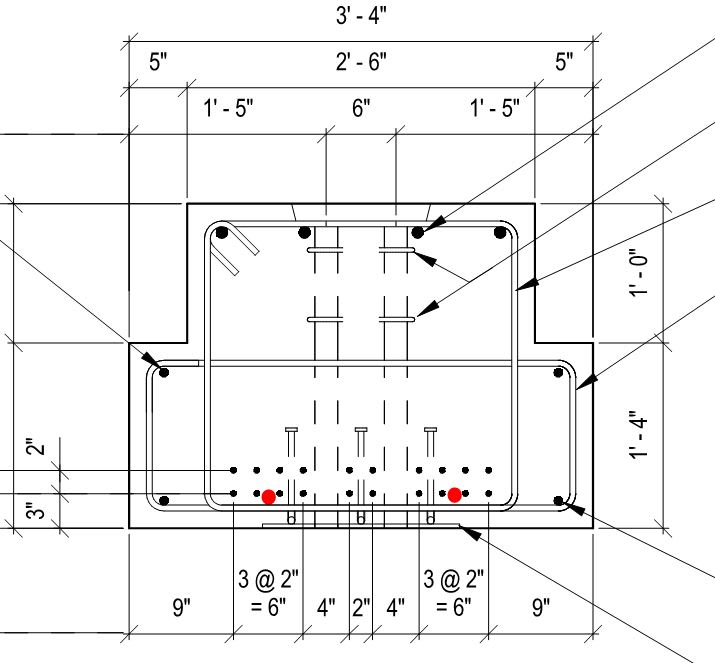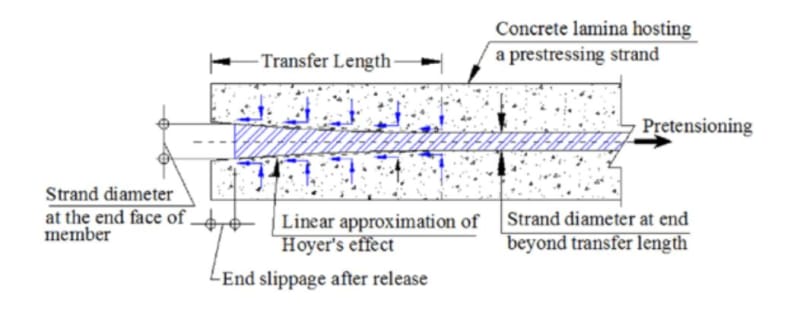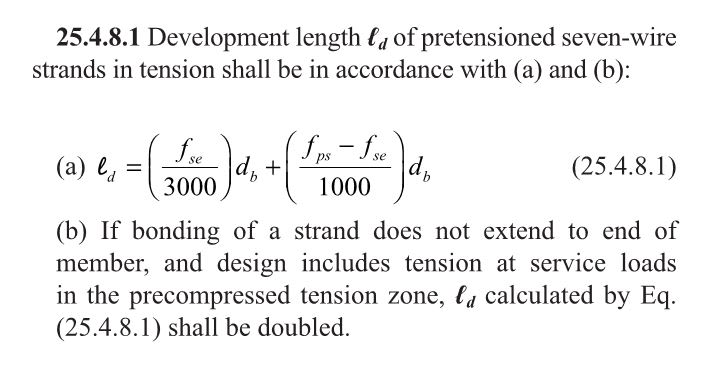KootK
Structural
- Oct 16, 2001
- 18,596
Today I have thought a thought that I've never before thunk: when working out development lengths and lap lengths for mild rebar in pres-stressed members, does one need to somehow consider the splitting tendency created by the prestress-tendons? Here's what I've got for preliminaries:
1) If there's a code provision someplace for combining the splitting effects of prestressing and mild steel, I'm not aware of it.
2) The equation for the developing prestresssing is independent of things like concrete cover etc which would seem to imply that splitting is not an issue.
3) There is, of course, the Hoyer effect which would seem to imply that there is, at the least, some degree of splitting tendency.
Thoughts? The only thing that I can come up with is that prestressing strand development lengths are pretty long so maybe the splitting tendency never amounts to anything of note locally?



1) If there's a code provision someplace for combining the splitting effects of prestressing and mild steel, I'm not aware of it.
2) The equation for the developing prestresssing is independent of things like concrete cover etc which would seem to imply that splitting is not an issue.
3) There is, of course, the Hoyer effect which would seem to imply that there is, at the least, some degree of splitting tendency.
Thoughts? The only thing that I can come up with is that prestressing strand development lengths are pretty long so maybe the splitting tendency never amounts to anything of note locally?



